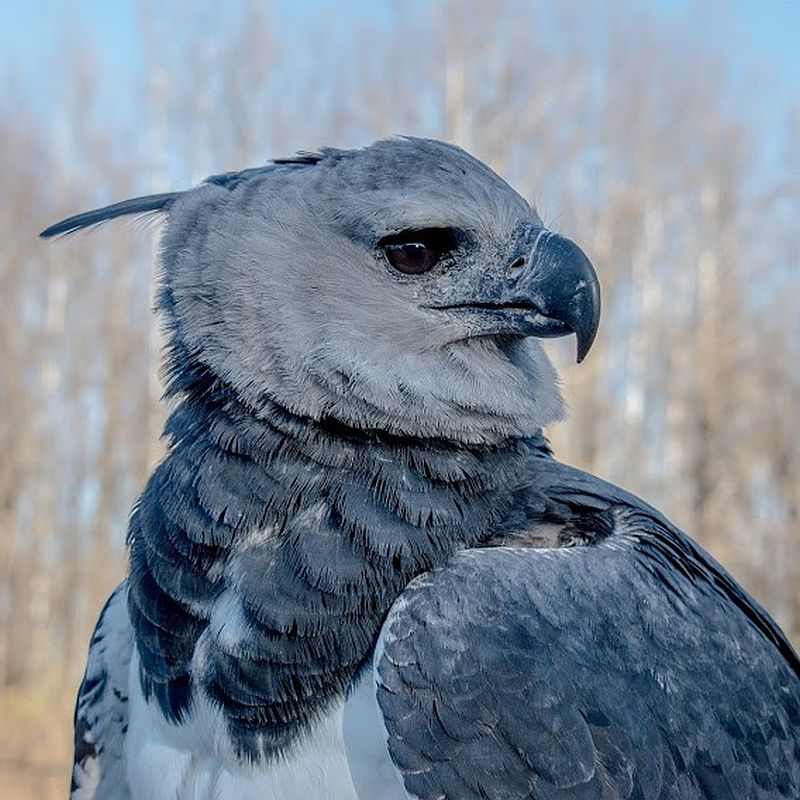Harpy Eagle – Alejandro
Alejandro was transferred to World Bird Sanctuary from the Fort Worth Zoo under the direction of the San Diego Zoo on October 14, 2020. They were attempting to use him in their Harpy Species Survival Plan, but unfortunately Alejandro is a confirmed bachelor because he had no desire to breed with the two females he was paired with. This is most likely due to him being imprinted on humans as a chick. When birds are imprinted on humans, they do not see themselves as birds, and thus do not usually recognize birds of their same species as potential mates.
Since conservation of his species didn’t work out for him, Alejandro was transferred to WBS to be trained to become a rock star educational ambassador for his species!
$29.00 – $129.00
Description
HATCH YEAR: 1998
FUN FACTS ABOUT ALEJANDRO
- While working with his main trainers, Alejandro has a very sweet disposition. He is eager to learn and is doing excellent with glove training.
- Alejandro participated in his first ever educational program on our on-site World Eagle Day in March 2021! He was a true professional and it looks like he has the makings to be a perfect ambassador for his species.
- He is currently housed off-exhibit at our Education Training Center.
SPECIES FACTS
Scientific Name:
- Harpia harpyja.
Distribution:
- Central and South America and the southern end of Mexico. The Harpy eagle is currently near threatened in it’s native range due to habitat destruction. Sightings are rare in Central America due to most of their habitat being destroyed from logging activity. Harpy eagles are considered near extinct in Central America with the exception being they are still found in some areas of Panama. Most commonly found in Brazil.
Habitat:
- Tropical lowland rainforests, typically in the upper canopy of the trees.
Diet:
- Mostly tree-dwelling mammals like sloths and monkeys; may also hunt birds, land mammals, and reptiles.
Behavior:
- Apex predators; they generally hunt by perch-hopping, actively searching for prey from tree to tree. Occasionally will hunt by ambushing prey, sitting and waiting for something to come close enough to grab in their massive feet. Males are smaller than the females, so prey hunted by them tends to be smaller relative to what the females catch.
- Harpy eagles are very social and tend to nest near other pairs in the area. The female lays 2 white eggs in a stick nest high up in the canopy; usually choose to build nest in kapok trees, which are one of the tallest tree species in South America.
Identification:
- Large, dark grey-black colored eagle with long double-crest feathers. Belly feathers are mostly white, with the chest feathers being a black band that separates the grey feathers of the head.
- The tail is black with three gray bands, while the underside of it is black with three white bands.
- Iris color ranges from grey to brown to red.
- Feet are yellow; with talons and beak being black.
Additional information
| Adoption Level | Fan, Friend, Sponsor |
|---|
Related products
-

Harris’s Hawk – Blue
$29.00 – $129.00 Select options This product has multiple variants. The options may be chosen on the product page -

American Kestrel – Ace
$29.00 – $129.00 Select options This product has multiple variants. The options may be chosen on the product page




